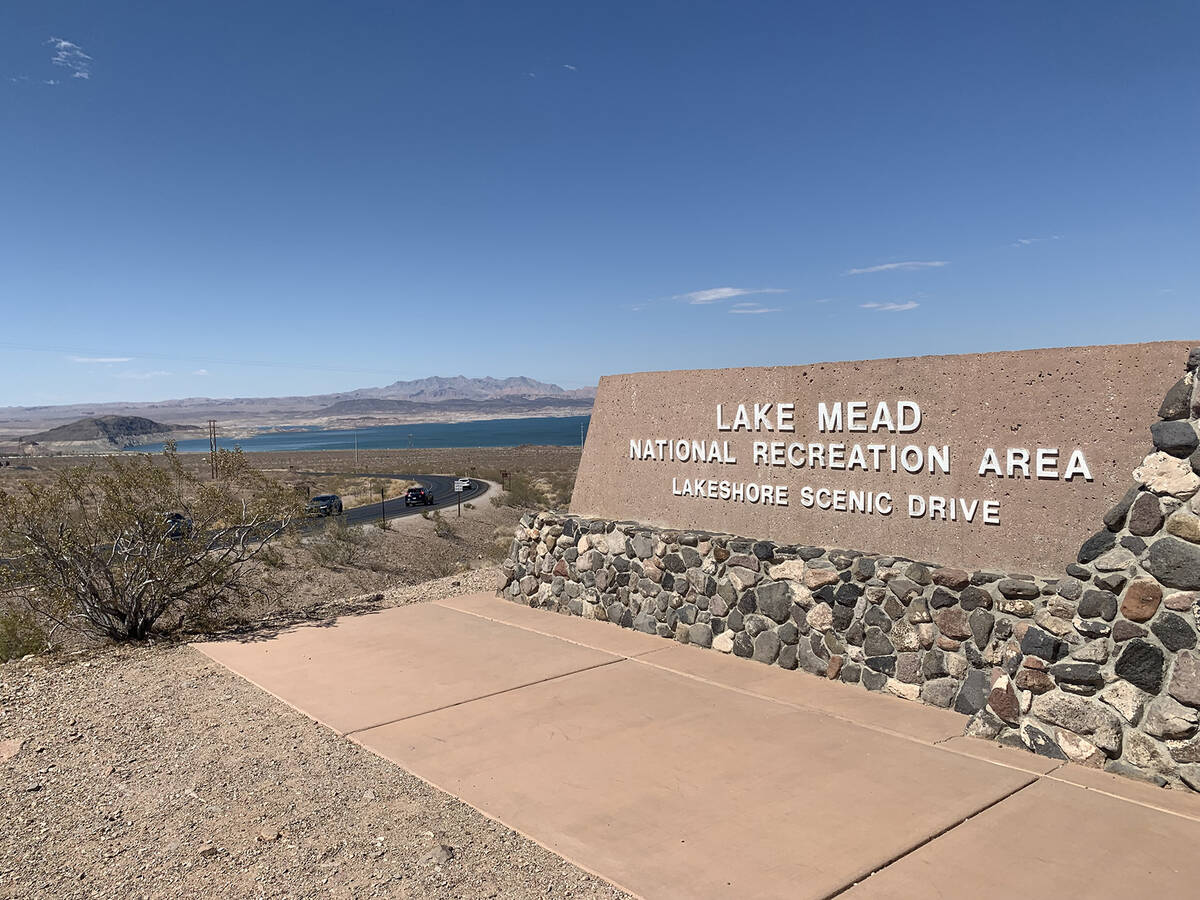Feds should force California’s hand on water use
California officials continue to be the lone holdout on an agreement among seven Colorado River states to cut water usage. Despite imposing numerous “deadlines” for such a deal, federal officials have yet to intervene. They must reconsider if the thirsty Golden State refuses to budge.
Six of the seven states — including Nevada — reached an accord last month to impose significant cuts on water allocations of nearly 20 percent. But California, which devours the most Colorado River water of any state, refused to go along. The state bases its position, in part, on the belief that legal precedent, archaic water law and its political clout will protect its domain.
In reality, the state is trying to preserve its agriculture industry.
It’s a common misconception that urban growth drives Colorado River water use. Not true. The 1922 compact among the seven states created the groundwork for problems because the allocations were based on exaggerated water flow estimates. A major and persistent drought over the past two decades has made the situation much worse.
But while residential and urban conservation are vital to stretching a limited supply of a scarce resource, the success and fairness of any new water compact depends on a re-examination of how agricultural interests dominate consumption.
About 80 percent of Colorado River water use is directed to farming interests, primarily in California’s Imperial Valley, which gets about 3.1 million acre-feet a year, more than 70 percent of the state’s entire annual allocation and more than any other state. Many of the crops produced are water-intensive, including alfalfa, hay and almonds.
Various California water interests have proposed cutbacks of about 9 percent, “much less than the 15 percent to 30 percent cuts that federal water managers are waiting for,” according to CalMatters. The six other Colorado River states are seeking greater reductions from the largest users, but “California would prefer to stick with their interpretation of old legal agreements because they come out on top,” one water expert told the paper.
But as former Interior Secretary Bruce Babbitt pointed out in a January commentary for the Nevada Independent, federal officials have the power to break the impasse by limiting deliveries that aren’t “reasonably required for beneficial use.”
Is it “beneficial” in times of drought to divert water to grow alfalfa in the desert? “What is reasonable for irrigation allocations in normal years may be entirely unreasonable” when the Colorado River system is under such stress, Mr. Babbitt writes. “It is now time for the Interior to use its … authority for an expansive review of all agricultural use contracts and to reduce allocations to reflect a fair measure of burden sharing.”
If the folks at Interior rattle that saber, they might be surprised by how fast California sees the light.
The views expressed above are those of the Las Vegas Review-Journal.





